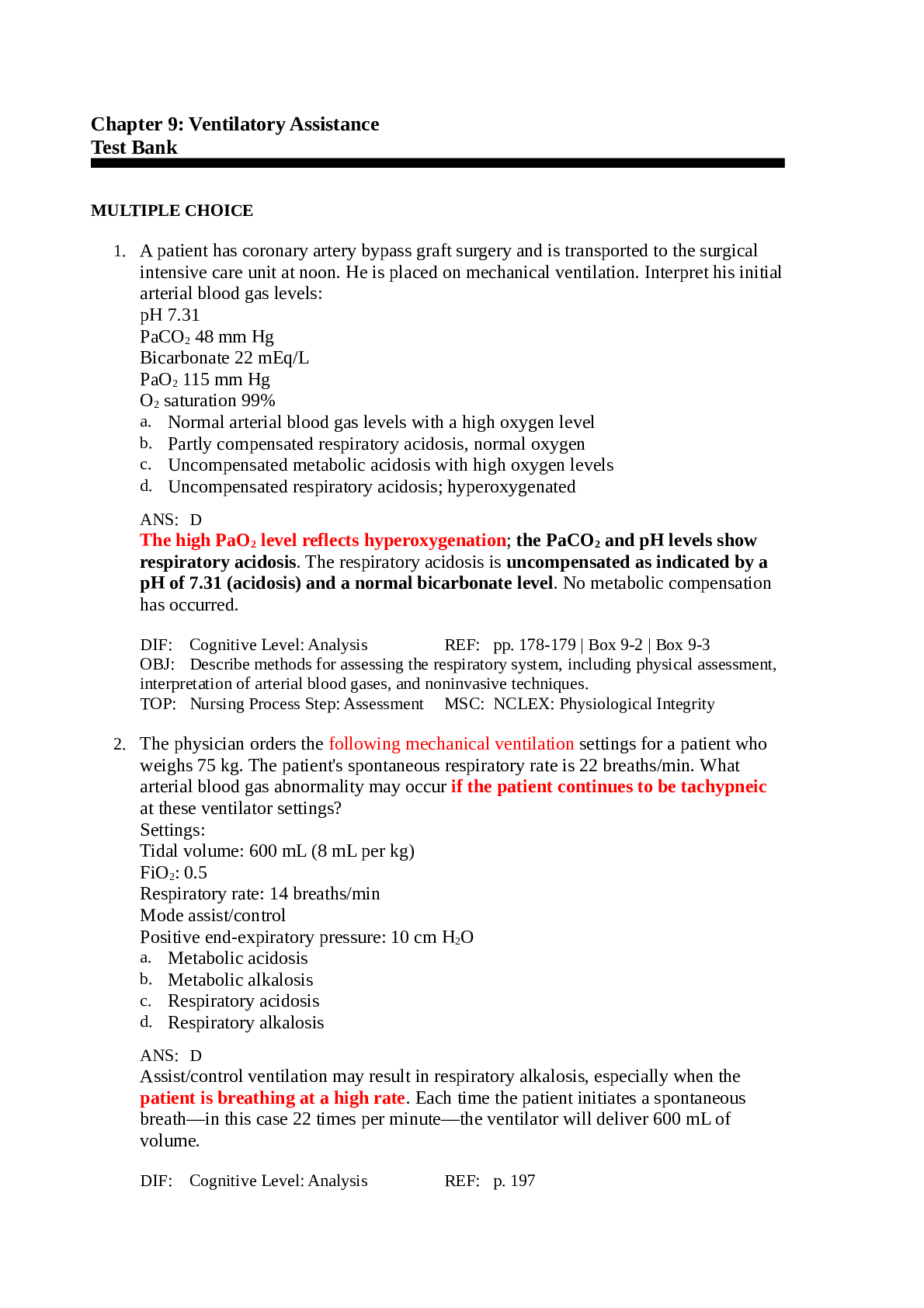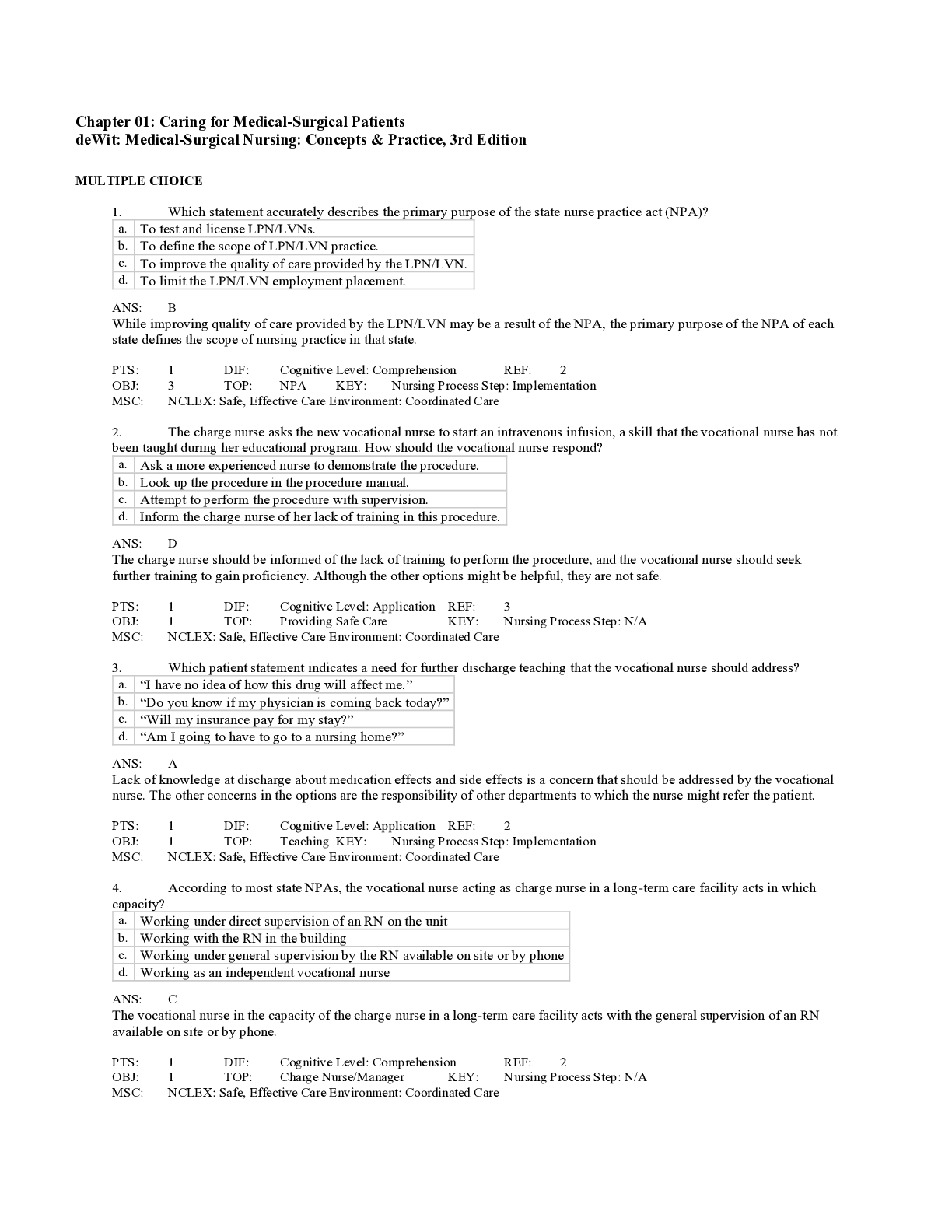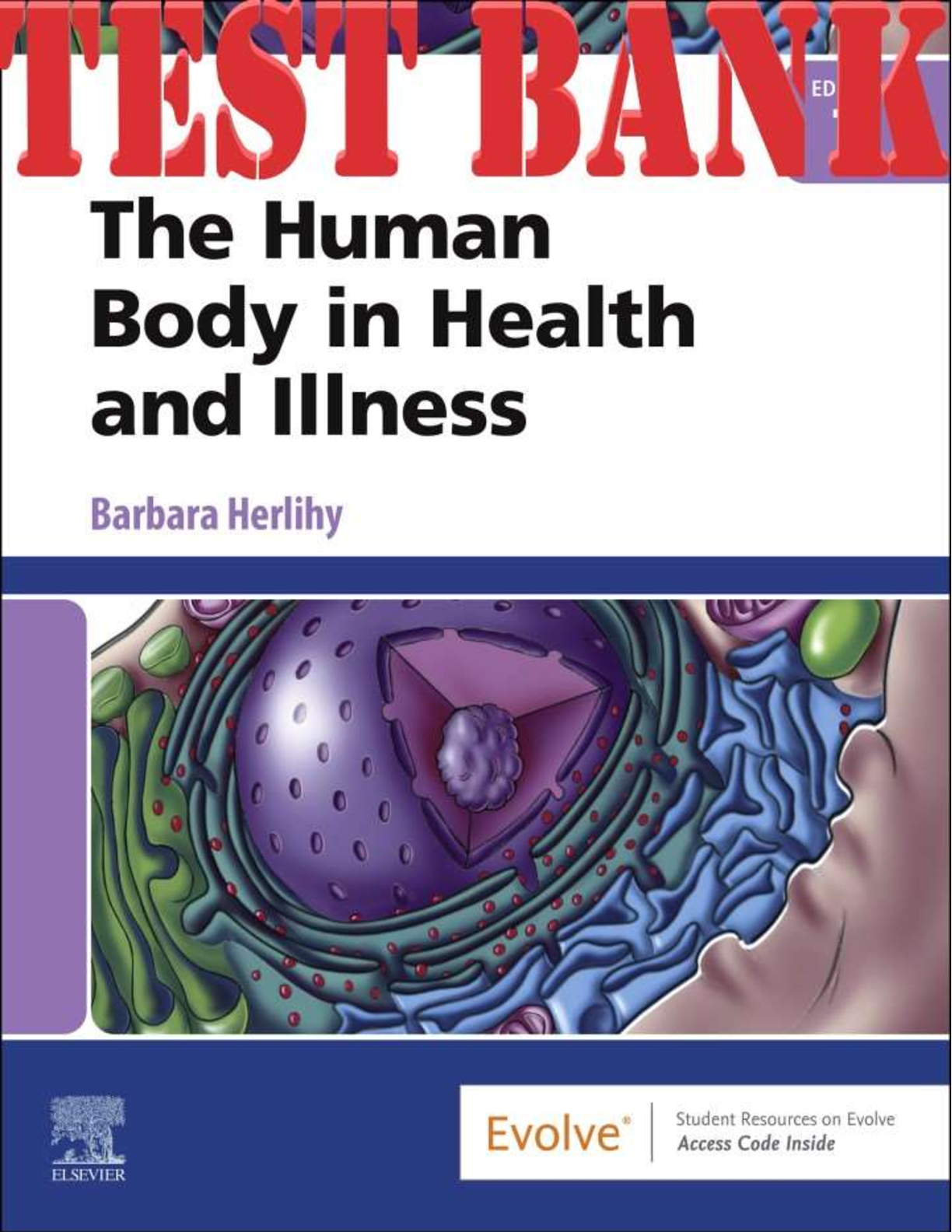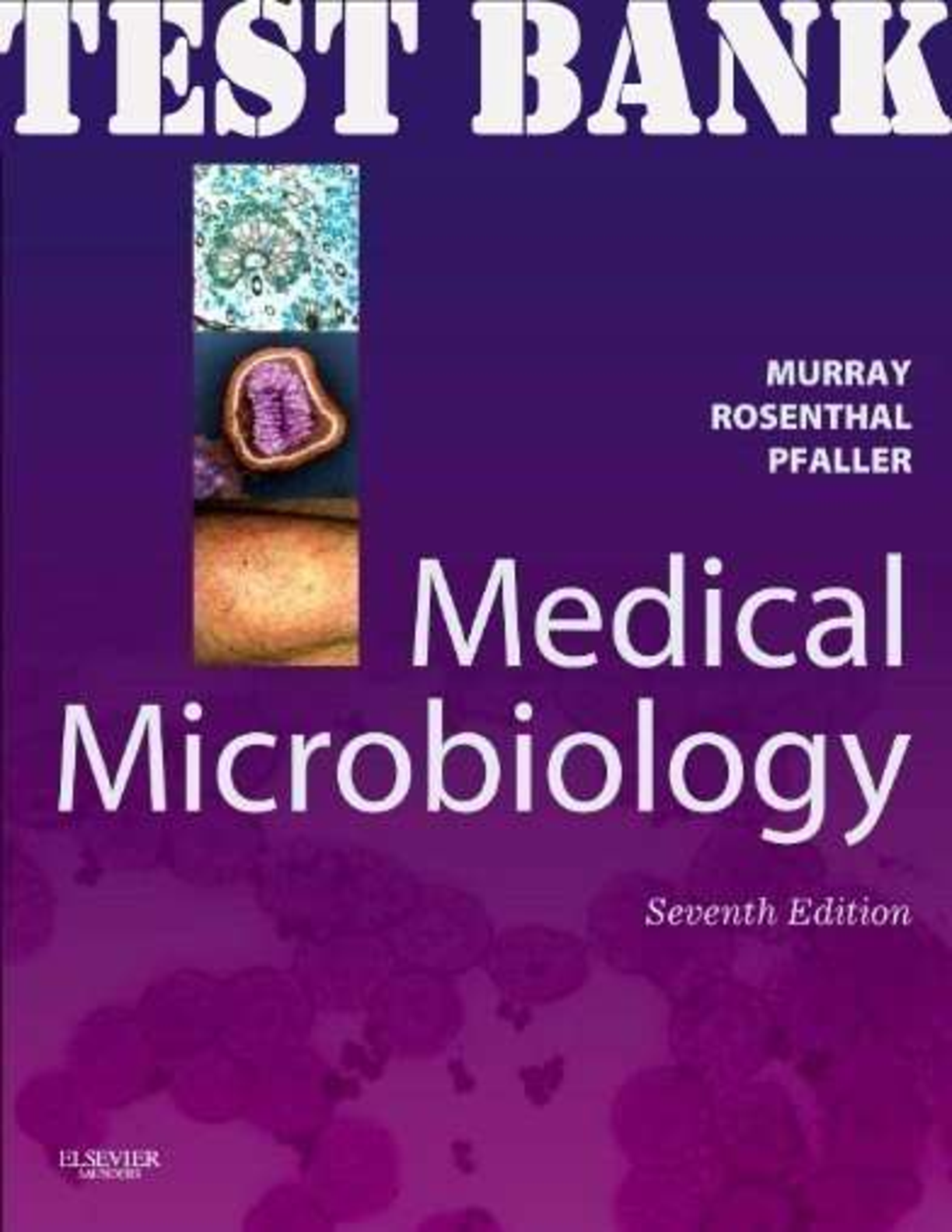*NURSING > TEST BANKS > TEST BANK FOR INTRODUCTION TO CRITICAL CARE NURSING 7TH EDITION BY SOLE (Chapter 9: Ventilatory Assi (All)
TEST BANK FOR INTRODUCTION TO CRITICAL CARE NURSING 7TH EDITION BY SOLE (Chapter 9: Ventilatory Assistance)
Document Content and Description Below
MULTIPLE CHOICE 1. A patient has coronary artery bypass graft surgery and is transported to the surgical intensive care unit at noon. He is placed on mechanical ventilation. Interpret his initial a... rterial blood gas levels: pH 7.31 PaCO2 48 mm Hg Bicarbonate 22 mEq/L PaO2 115 mm Hg O2 saturation 99% a. Normal arterial blood gas levels with a high oxygen level b. Partly compensated respiratory acidosis, normal oxygen c. Uncompensated metabolic acidosis with high oxygen levels d. Uncompensated respiratory acidosis; hyperoxygenated ANS: D The high PaO2 level reflects hyperoxygenation; the PaCO2 and pH levels show respiratory acidosis. The respiratory acidosis is uncompensated as indicated by a pH of 7.31 (acidosis) and a normal bicarbonate level. No metabolic compensation has occurred. DIF: Cognitive Level: Analysis REF: pp. 178-179 | Box 9-2 | Box 9-3 OBJ: Describe methods for assessing the respiratory system, including physical assessment, interpretation of arterial blood gases, and noninvasive techniques. TOP: Nursing Process Step: Assessment MSC: NCLEX: Physiological Integrity 2. The physician orders the following mechanical ventilation settings for a patient who weighs 75 kg. The patient's spontaneous respiratory rate is 22 breaths/min. What arterial blood gas abnormality may occur if the patient continues to be tachypneic at these ventilator settings? Settings: Tidal volume: 600 mL (8 mL per kg) FiO2: 0.5 Respiratory rate: 14 breaths/min Mode assist/control Positive end-expiratory pressure: 10 cm H2O a. Metabolic acidosis b. Metabolic alkalosis c. Respiratory acidosis d. Respiratory alkalosis ANS: D Assist/control ventilation may result in respiratory alkalosis, especially when the patient is breathing at a high rate. Each time the patient initiates a spontaneous breath—in this case 22 times per minute—the ventilator will deliver 600 mL of volume. DIF: Cognitive Level: Analysis REF: p. 197 OBJ: Relate complications associated with mechanical ventilation. TOP: Nursing Process Step: Evaluation MSC: NCLEX: Physiological Integrity [Show More]
Last updated: 2 years ago
Preview 1 out of 15 pages

Buy this document to get the full access instantly
Instant Download Access after purchase
Buy NowInstant download
We Accept:

Reviews( 0 )
$9.50
Can't find what you want? Try our AI powered Search
Document information
Connected school, study & course
About the document
Uploaded On
Jul 02, 2021
Number of pages
15
Written in
Additional information
This document has been written for:
Uploaded
Jul 02, 2021
Downloads
0
Views
100























